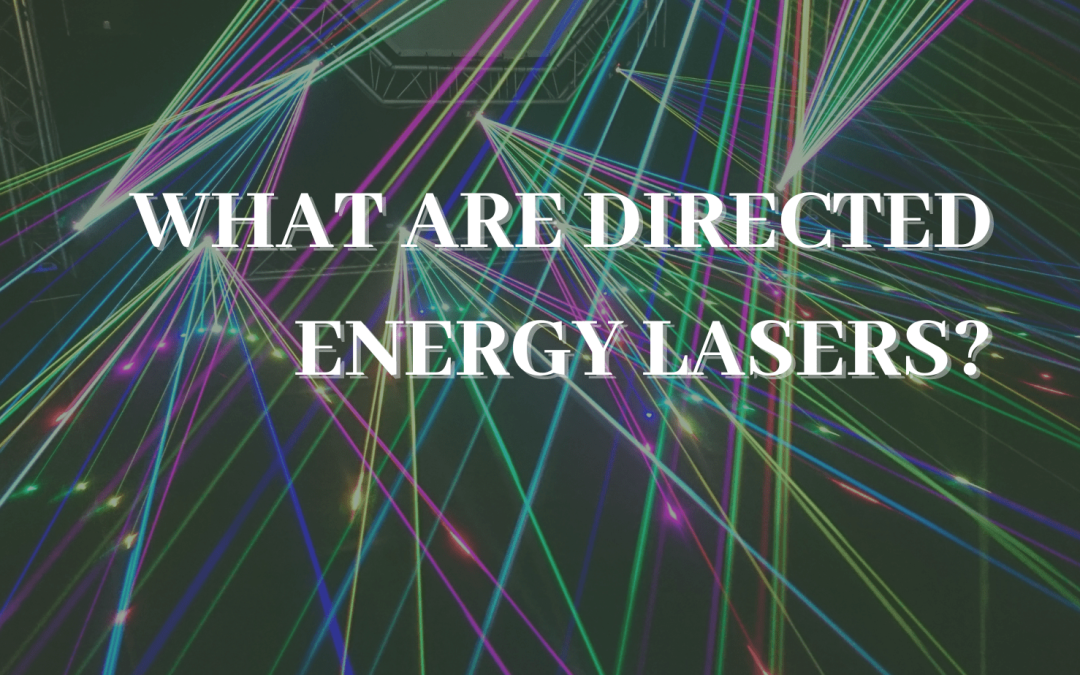Some advances in optic components have recently emerged from the laboratory, ready to be used in practical applications. For example, high-power lasers can be an important factor in war and weaponry. In fact, in December 2021, the US Navy ran testing with laser drones that can destroy targets from miles away. There were other high-energy laser tests performed in 2020 as well. Read on to learn about the components that make up high-energy lasers and their potential applications.
High-Energy Lasers: What Can They Be Used For?
Laser weapons offer several benefits including: precise, specific, flexible, and provide lower cost per engagement.
The lasers themselves act like a “force multiplier” that allows a person to handle multiple threats quickly. They are invisible and undetectable and can take any threat by surprise. Because of their extremely high power, they can be used in applications for land, air, or sea, some of which include:
- HELIOS (one type of laser weapon system)
- Tactical airborne laser pods
- Other types of laser weapon systems
High-energy lasers can defend against threats, such as small unmanned aerial vehicles, small attack boats, small rockets, artillery shells and mortars, and lightweight ground vehicles.
As high-energy laser technology becomes more advanced, there are bound to be more applications for which directed laser optics technology is suitable. It is expected that there will be complete laser weapons systems created with deep yet small magazines that can engage multiple targets at the speed of light.
High-Energy Lasers: What Are the Components & Processes?
High-energy lasers require precision machining, flatness, and surface quality beyond normal capabilities, so the components within the lasers are vitally important. Some of the optic components are listed below. Our capabilities include the manufacture of light pipe homogenizers and laser mirrors, and we can employ HLDT coatings for the optics. LDT (laser damage threshold) can refer to both the optical surface and makeup of the glass and the coating.
Light Pipe Homogenizer
A light pipe homogenizer, also known as a light pipe homogenizing rod, uses a rod lens and total internal reflection (TIR). This transmits and homogenizes or uniformly smooths out a beam of light from the start to the end of the pipe and is an integral component of directed energy lasers.
Laser Mirrors
Introduced during the “Star Wars” program, adaptive laser mirrors have up to thousands of miniature actuators. This can raise or lower the mirror’s surface, resulting in distorting or redirecting the beam.
HLDT: High Laser Damage Threshold
High laser damage threshold surfaces and coatings are not technically a component but a process for producing high-energy lasers. The failure of the optic, when used in high power directed energy laser applications, is always dependent on the coating or substrate. Lenses can be designed for a laser damage threshold not to fail when the laser is engaged. Alternatively, lenses could have a Typical Energy Density Limit with an anti-reflection coating to help prevent damage.
IRD Glass has been the leading supplier of customized precision glass, optics, ceramics, and sapphire product fabrication for over 40 years. To learn more about directed energy lasers and our capabilities, speak to a representative today for a quote.
